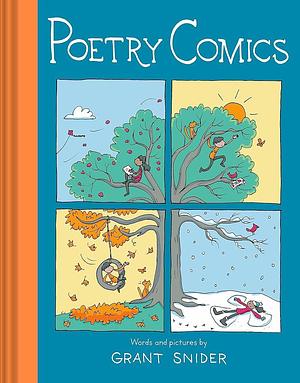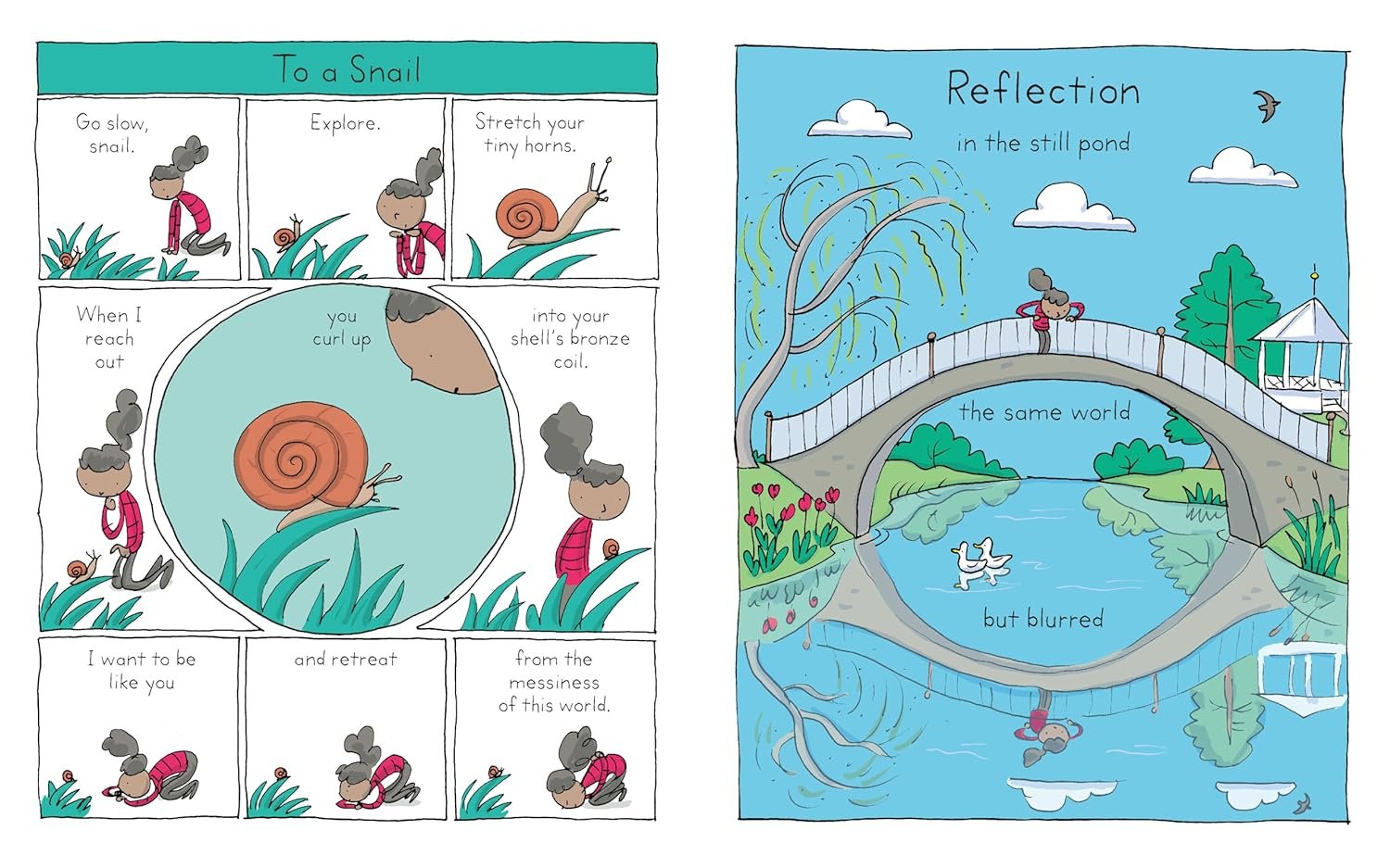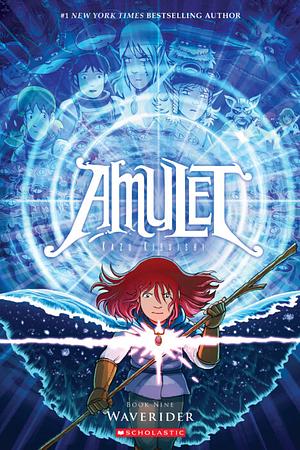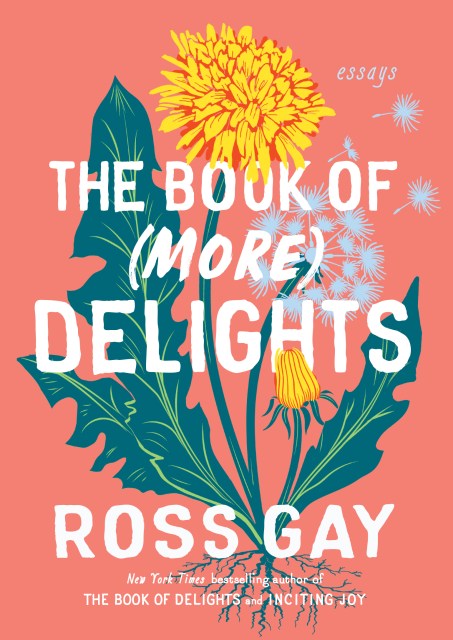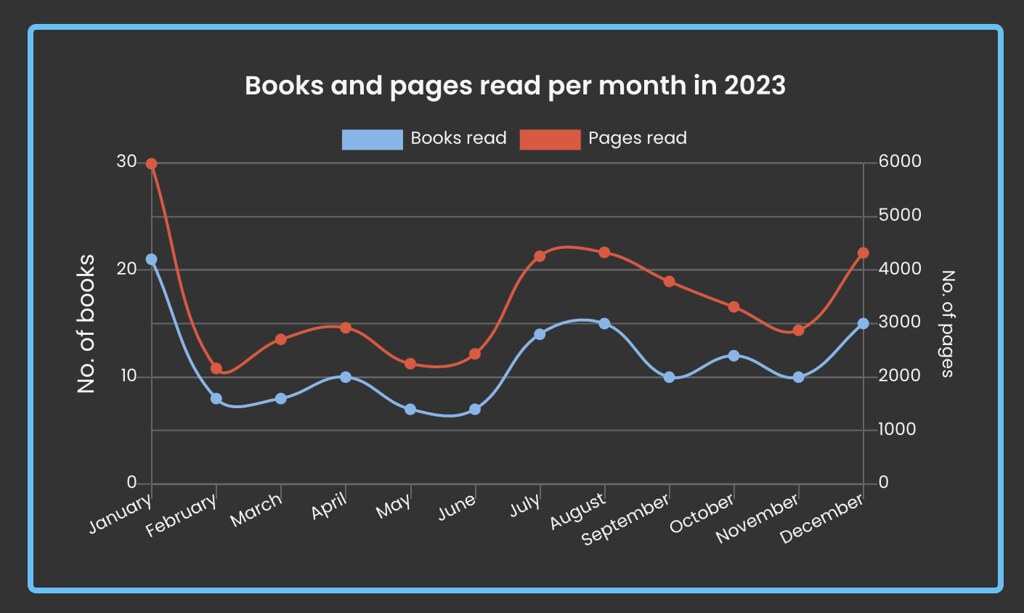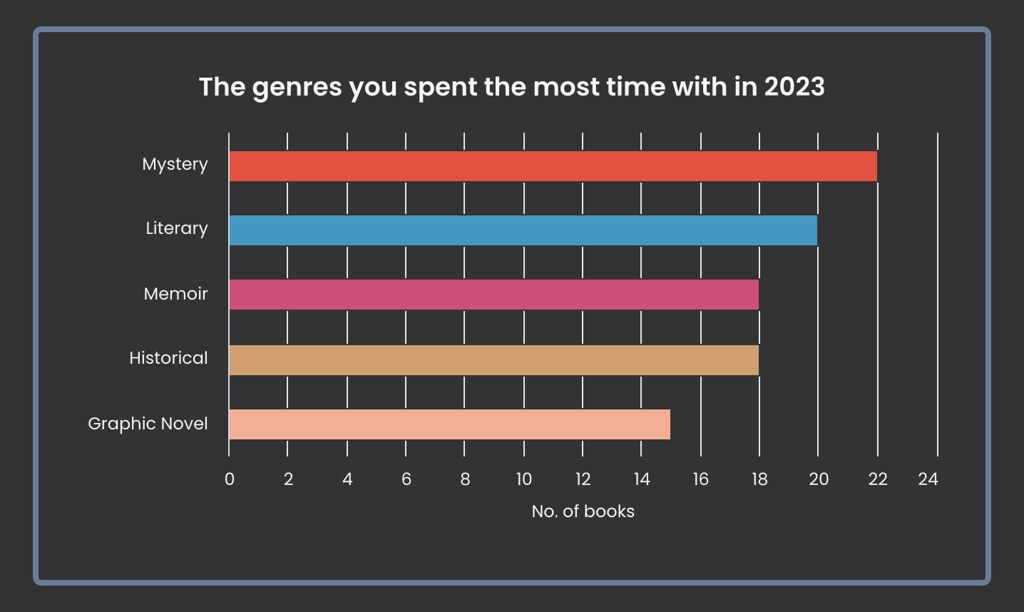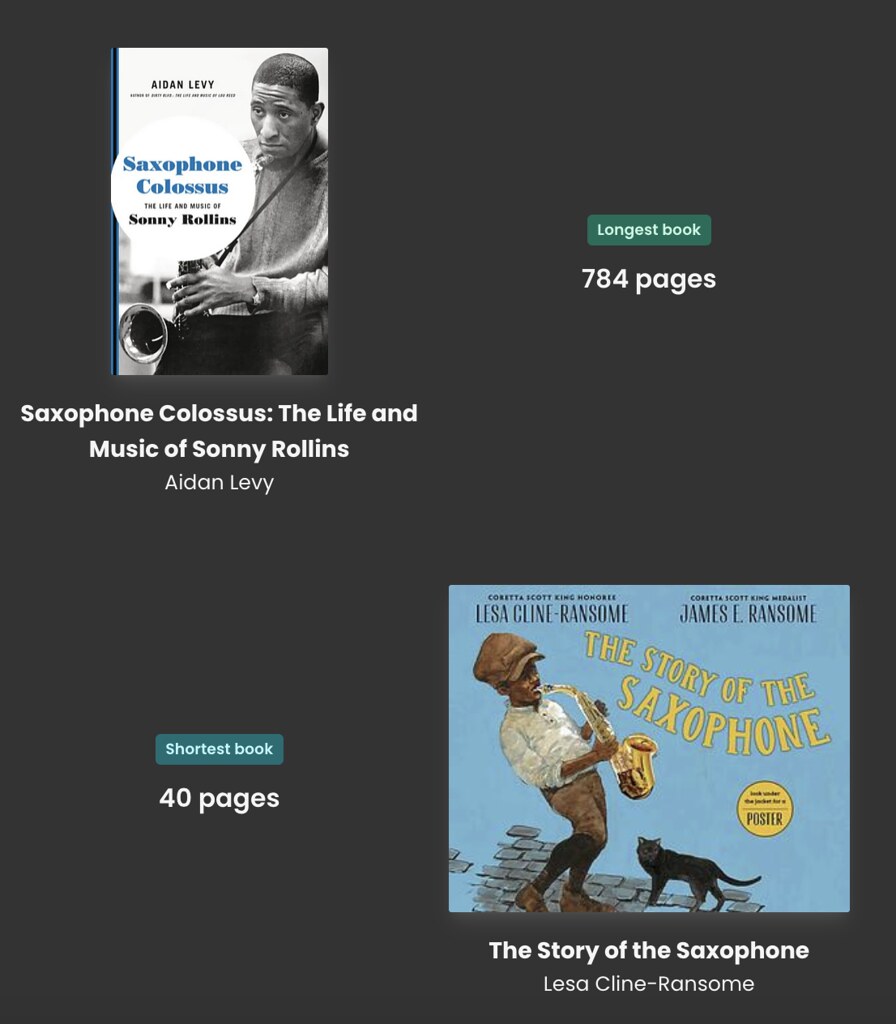
A recent collection of poems, edited and curated by Ada Limon, inspired me to write some of my own poems, borrowing lines to build off. The original lines all come from poems in You Are Here: Poetry In The Natural World (edited by Ada Limon)
The sky is a century with no windows
from ‘To A Blossoming Saguaro’
by Eduardo C. Corral—
lost count long ago
of how many rainstorms
arrived after you wandered
the windows left open, too,
time just dribbling in
with the wind, letting rotations
moisten the frame around which
the world might be watched,
one tear after the other year
until the canvas of sky
disappeared entirely
i’m sorry to the trees i grew up with
from ‘You Must Be Present’
by Jose Olivarez
–
I couldn’t find you now in the woods even if I tried
which sends me sad but maybe makes you glad
that this thief with a knife and a Sunday morning free
can’t add to the harm that was done to your skin,
the rough outline of a curved saxophone swallowed up
but for my dreaming, the protective sap that stuck
to the edge lip of the knife, how hard it was to wipe it off,
never closing tight ever again, like my eyes
in the remembering – the cut but not the place
where blood was drawn
make small steps.
in this wild place
there are signs of life
everywherefrom ‘Lullaby For The Grieving (at the Sipsey River)’
by Ashley M. Jones–
slow go slow
this we know
but always forgotten –
that the wild places
wild spaces have stories
to tell, poems composed
beneath roots, reverberations
of a turning Earth, cursed
to forget the role of reader:
slow go slow
this we know
I only use words like stones because we are far away
from ‘Close-Knit Flower Sack’
by Cedar Sigo
We used to search
riverbeds and
shore lines
for the flattest of stone,
the thinnest of story,
just smoothed-out words,
in order to skip across
the surface as if
what we were saying was
lighter than air,
but no longer –
now we spend time
on the odd rocks
with strange angles,
the kind that makes
a distinct sound
one rarely forgets,
before plunging under
water
the moon mistaken
for a hole in the skyfrom ‘If Fire’
Jake Skeets–
fingers
in the stars,
then,the galaxy,
a tapestry
of etchingsI’ve begun
to come
unwoven againfilling space
with words
and dreams
… the rivers
will set their stones and ribbons
at your door if only
you’ll let the world
soften you with its touching
from ‘Reasons To Live’
Ruth Awad
–
Raw sound bathes
the boy, the ripples
of river on stone,
he submerges himself,
nearly but not really,
alone, his mind, a million
miles from home
Thanks to all the poets who wrote and to Ada Limon for choosing and supporting those poems and poets.
Peace (in the natural world),
Kevin
